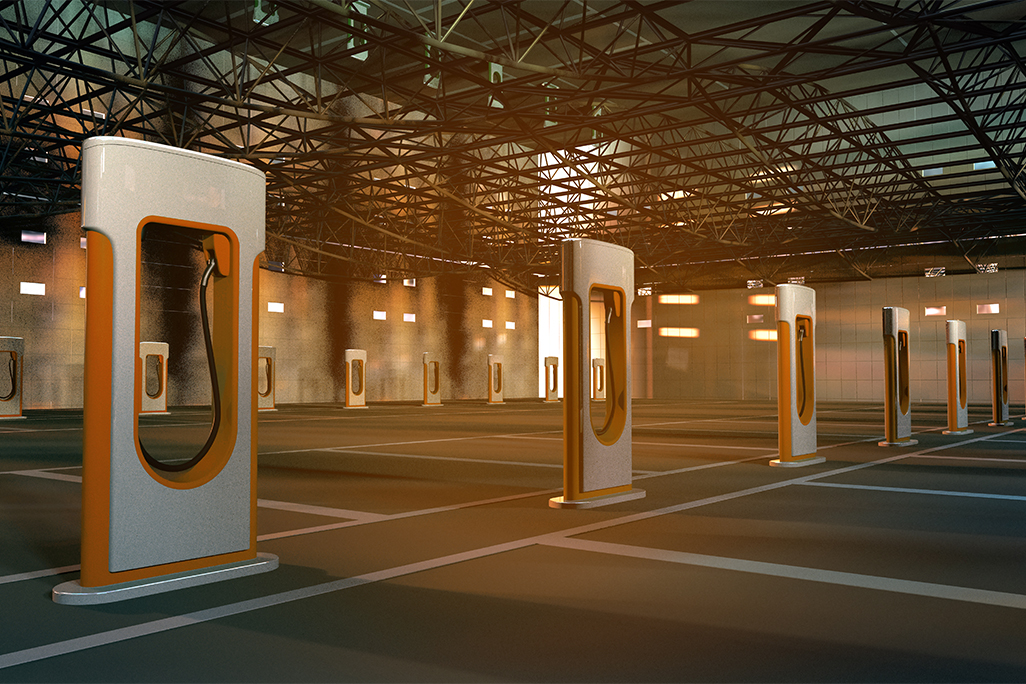International regulatory advances for autonomous and electric vehicles will shape the future of mobility
Published on 15th July 2025
The automotive industry is undergoing seismic change driven by advancements in technology and evolving regulation

From technological enhancements such as the use of artificial intelligence (AI) and the rise of connected vehicles to electric vehicles (EVs) and autonomous vehicles (AVs), transformative change is underway in the automotive and mobility sector.
Technological driving force
Original equipment manufacturers (OEMs) are increasingly focusing on software to enhance personalisation and the overall customer experience. Data and AI are at the forefront of this transformation, enabling dynamic routing, predictive maintenance, enhanced safety features and improved customer interactions. The adoption and improvement of generative AI are pivotal to this change and offer unprecedented levels of customisation and efficiency.
Connected vehicles can now generate at least 1,000 data points, necessitating informed decisions on data use, management and exploitation. OEMs are outsourcing data analysis to leverage valuable insights to support product improvement, driver safety and insurance. The ability to share data within the supply chain is therefore crucial, to ensure the most effective use of data is achieved to deliver tangible benefits such as product improvement and better vehicle safety.
The EU and UK have recognised the need for regulatory frameworks to support and govern access to personal and non-personal data. In the UK, the recent Data (Use and Access) Act 2025 creates a framework for the introduction, via secondary legislation, of "smart data schemes" to support innovation in sectors such as transport. However, while regulatory changes may support the industry in the future, they inevitably bring new compliance challenges for businesses; particularly for those working across borders.
EV and AV technology challenges
Despite advancements in battery technology, the adoption of EVs by consumers and businesses is yet to reach critical mass. Solid-state batteries, which promise ranges of 500-1,000 km, are seen as the future, although their widespread implementation remains uncertain. Lithium-sulphur batteries are an emerging technology offering potential cost savings and supply chain certainty that can help make EVs more affordable.
However, slow charging and limited driving range are still significant hurdles for EV uptake. While replaceable batteries and high-speed charging solutions are being explored to address these issues, major challenges remain around affordability, efficiency, infrastructure and user buy-in.
The AV industry is moving from advanced driver assistance systems (ADAS) level 2 to level 4 trials, with the UK government supporting self-driving vehicle trials. However, the industry is clear that successful deployment is, among other matters, reliant on cloud computing at scale and specific system-on-chip availability, presenting technological challenges to the industry.
Notwithstanding the ongoing technical challenges impacting both EV and AV deployment, stakeholders are confident in the future for EVs and AVs. Increased adoption, however, will also require greater investor, consumer, and business trust. Appropriate regulatory frameworks may support this and the applicable policy and regulatory landscape is changing.
For example, the UK's Automated Vehicles Act 2024 aims to introduce a safety and liability framework for the deployment of AVs – and will be further developed through secondary legislation creating a clear framework for liability allocation setting the stage for significant advancements in the sector. Establishing clear guidelines around liability and safety should help build consumer and business trust.
Decarbonisation's backbone
Energy and charging are the backbone of decarbonisation. Despite obstacles, forecasts predict over 40 million EVs on UK roads by 2030, necessitating solutions for grid stability and energy demand.
A sustainable, reliable and affordable energy ecosystem is essential for the decarbonisation transition. Smart charging, data connectivity, and a "whole system" approach are critical components. The National Grid is doubling its investment over the next five years to support these initiatives.
The future of mobility is multifaceted. Battery electric vehicles and hydrogen fuel cells-hydrogen combustion will coexist, The electrification of fleets and hydrogen integration in transport are positive steps towards sustainable transport at scale.
Regulatory advances
The policy and regulatory landscape evolving to support the development, trials and deployment of EVs and AVs. These changes will bring both opportunities and challenges for businesses operating across the supply chain; therefore understanding and navigating the increasingly complex regulatory landscape is crucial for stakeholders across the industry.
Osborne Clarke comment
The automotive industry is at a crossroads, with data, technological advancements, connected vehicles, AI, EVs, and AVs driving transformative change across the sector. However, the regulatory framework will need to evolve to support these innovations.
The future of mobility is not just about technological innovation; it represents a significant economic opportunity. Coordinated efforts from policymakers, industry stakeholders and investors are essential to realise the full potential of these advancements.
This Insight has drawn on themes discussed at recent industry conferences highlighting the trends relevant to businesses in the mobility sector.
Our international lawyers work with clients across the industry, including OEMs, charge point operators, platform operators, software/technology providers, and local authorities, helping them navigate the regulatory landscape, overcome challenges and identify opportunities.
For further information on these developments and evolving regulation, please visit our adapting to e-mobility regulation webpage.






